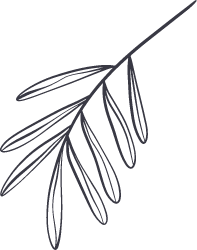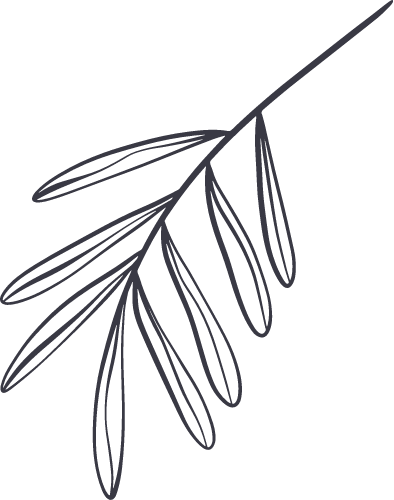Whenever I speak about afforestation, some of the most frequent questions I get are: “How did you get so interested in afforestation?” “Were you born in a wooded area or somewhere close to it?” “Would you go to see forests even when you were a kid?” and so on. I don’t have any such connection with forests. In fact, I was 10 or 14 when I saw a forest for the first time. I was born in a countryside, in Kottayam town. In those days, the town too was part of the countryside. It was called “town” only because the surrounding areas were slightly smaller.
My mother’s ancestral house was situated close to where my family lived. It stood in the middle of a 17-cent plot of land that was thick with trees. As children, we had few toys to play with. There were no Chinese gadgets or computer games then, as is common today. So we plucked leaves and nuts, and played hide-and-seek among trees. As a result, very early in life, we could tell the names of plants and trees from the different fragrances the leaves emitted when rain fell on them. Those were times when birds and squirrels were a common sight. We could even tell the season by looking at the plants and trees.
For instance, during December, when tamarind fruits ripened and fell, we picked them. Squirrels too came to eat them. Once I had a desire to have squirrels as pets, and left a rat trap in one of their frequent trails. From experience I knew that once squirrels identified a source of food, they appeared there at roughly the same time every day. If a squirrel came to drink nectar from banana flowers at 8 in the morning, in all likelihood it would come to the same spot at exactly the same time the next morning too. I don’t know if it is a universal phenomenon but a bird-lover friend of mine has the same thing to say about creatures in general. Back to my story – I kept a tamarind fruit as a lure inside the rat trap, and waited. A squirrel got caught and I put it in a cage. Initially, my family permitted me to keep the pet. But in its anxiety to escape, the squirrel scampered inside the cage and hurt itself in the process, upsetting me terribly. Just then, someone in the family used the opportunity to play on my sentiments, and asked me, “Why don’t you release it? If someone were to put you in a cage, how would you feel? Won’t that squirrel too be feeling the same?” and so on. Ultimately I freed it and it bounded away.
In a similar fashion, in March, when our vacation began, birds would make nests in trees. Most of the nests dangled from branches, far from attacks, especially by cats and snakes. Certain other birds made nests in tree hollows, lining the holes with soft feathers. The colour, number and size of eggs differed according to the species. I desired to have birds too as pets but some, like the red-whiskered bulbuls, never became tame. I would wait for 40 days to catch hold of the young ones as soon as they came out of the nests. But no matter how hard I chased them, they evaded capture, hopping from one tree to another. There have been many such incidents in my life.
Similarly, people of those times knew about the local plants and trees because they believed in home remedies. For instance, immediately after childbirth, the new mother was given regular baths in medicated water in which certain leaves – of coffee, Pacific Rosewood and so on – were boiled. Similarly, hogweed leaves were used in order to make curry. People even knew in whose compound a particular plant or tree grew! The Black Varnish tree was known to cause severe allergy on the merest touch. I saw it for the first time at Thiruvalla, in my sister’s compound. The antidote lay in going around the Beach Almond tree. Thus wherever there was the Black Varnish, we were likely to see the Beach Almond too. Bamboo was found very rarely. They appeared near lakesides. The Onam festival, which required us to arrange pookkalam or flower designs on the floor, ensured that we scoured the locality to pluck different kinds of blooms.
In the process, unknown to ourselves, we were creating a database about flowering plants, and this was common knowledge shared by people of an area. It was perhaps this lifestyle that attracted me towards plants and trees.



